|
Nanotechnology News from Nanowerk

 Following the latest research in the field of obtaining single-molecule magnets, scientists have taken another step on the way toward obtaining super-dense magnetic memories and molecular neural networks, in particular the construction of auto-associative memories and multi-criterion optimization systems operating as the model of the human brain. 
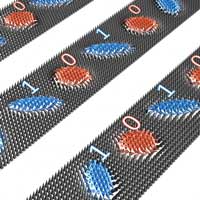 Scientists observed that skyrmions and antiskyrmions can coexist, bringing about the possibility to expand their capabilities in storage devices. 
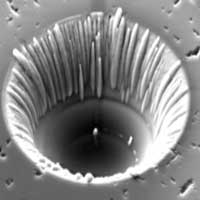 The thinner-than-human-hair lenses may be used for in the most powerful synchrotrons and x-ray lasers. 
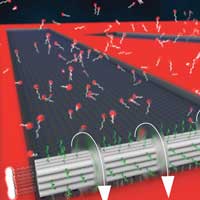 Through a technique known as DNA origami, scientists have created the fastest, most persistent DNA nano motor yet. The findings provide a blueprint for how to optimize the design of motors at the nanoscale. 
 Precision measurements can aid understanding of disease, infection and vaccines. 
 Researchers have developed a wearable technology that can hide its wearer from heat-detecting sensors such as night vision goggles, even when the ambient temperature changes - a feat that current state of the art technology cannot match. 
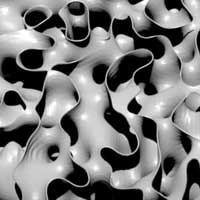 A new process makes it possible for the first time to manufacture large quantities of materials whose structure is designed at a nanometer scale - the size of DNA's double helix. 
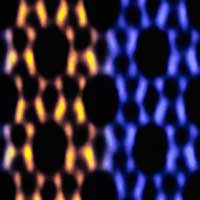 Breakthrough discovery pushes limits of microscopy to improve efficiency of fuel and plastic production. 
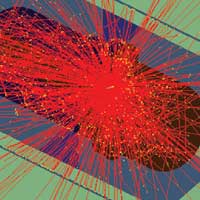 Scientists report fabricating and testing a superconducting nanowire device applicable to high-speed photon counting for nuclear physics experiments that were previously thought impossible. This device operates at temperatures near to absolute zero in magnetic fields forty times stronger than previous such devices and is able to detect low-energy photons as well as other fundamental particles. 
 Researchers have put a new technique based on machine learning to work uncovering the secrets of buried interfaces and edges in a material. By using machine learning as an image processing technique, scientists can dramatically accelerate the heretofore laborious manual process of quantitatively looking at interfaces without having to sacrifice accuracy. 
Nanofluidic membranes based on two-dimensional materials are promising materials for next-generation water desalination and purification. For instance, pristine and chemically modified graphene oxide membranes (GOMs) effectively block organic dyes and nanoparticles as small as 9 Å. However, these nanomembranes fail to exclude smaller inorganic salt ions, which would be required to extract pure potable water from unconventional water sources such as, salt water, industrial waste water, and rain water. With a novel approach called planar heterogeneous interface desalination researchers can now achieve a high salt rejection rate close to 97%. 
 Researchers have successfully combined graphene with tandem perovskite-silicon solar cells to achieve efficiencies of up to 26.3%. Moreover, they envisioned a new manufacturing method that, thanks to the versatility of graphene, allows to reduce production costs and could lead to the production of large-area solar panels. 
|
|